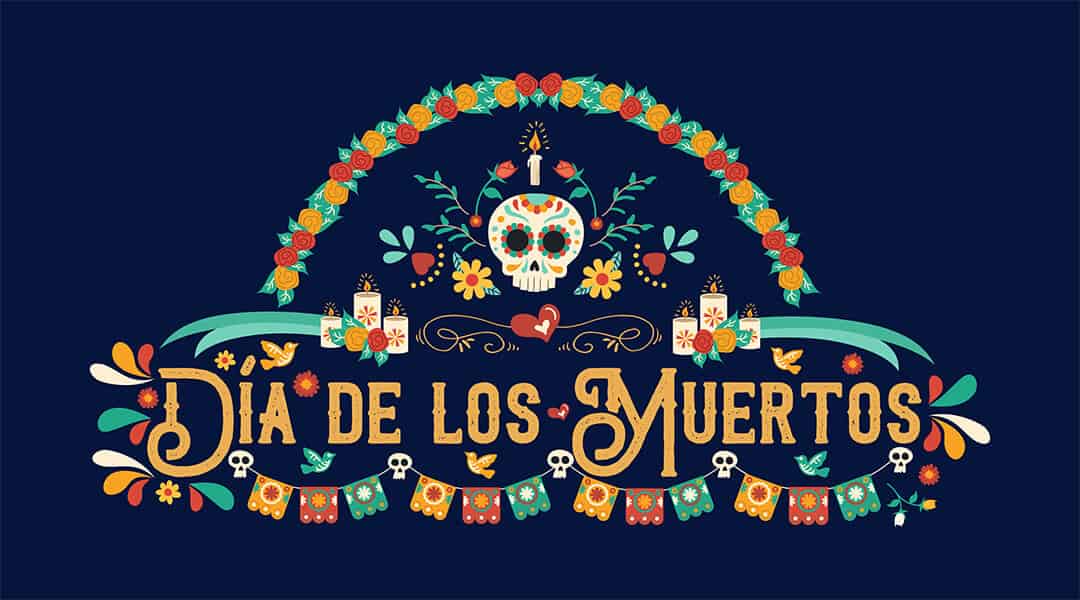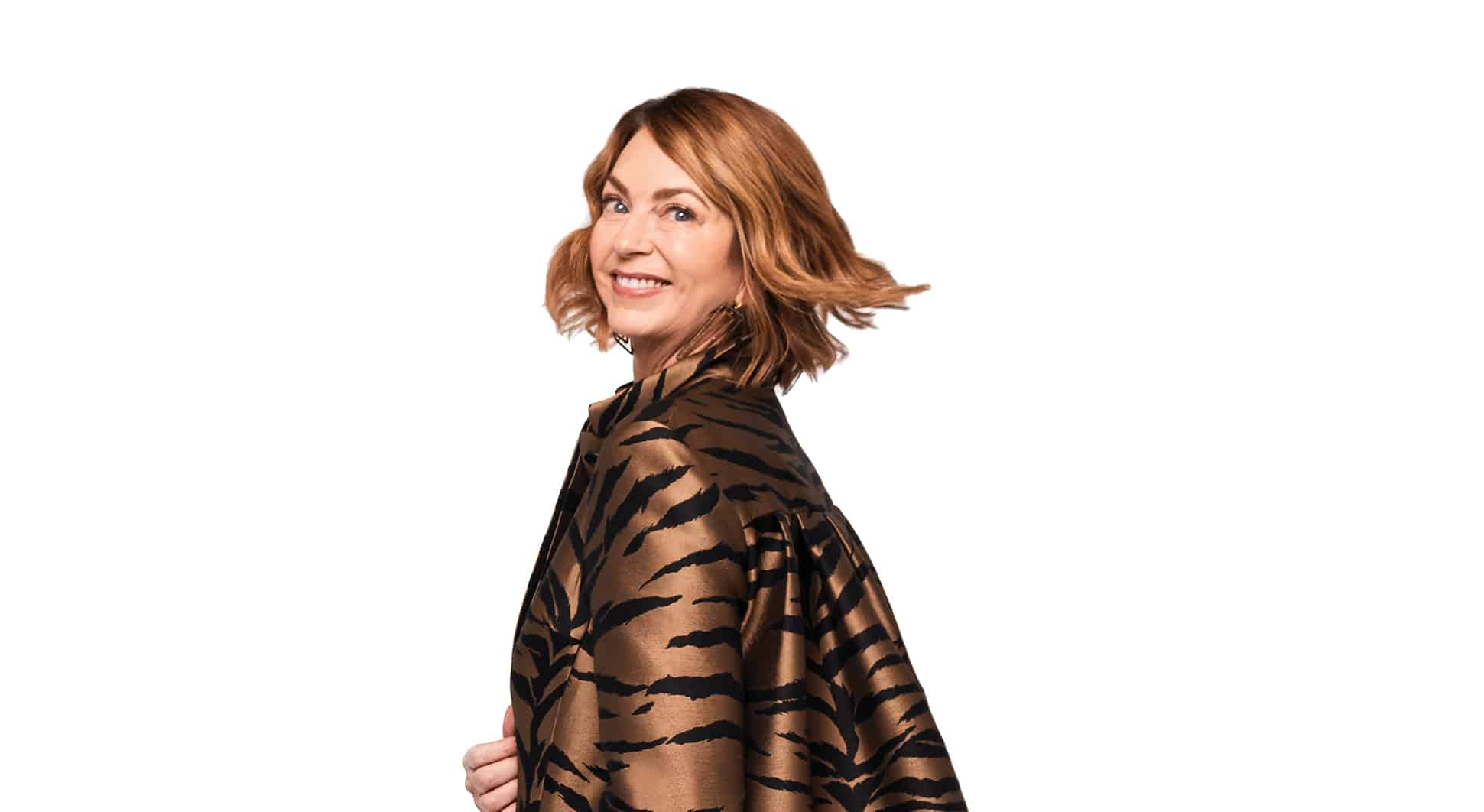Share this Post
The Day of the Dead is an annual, three-day celebration of life and death that’s observed in communities across Mexico and Latin America. We spoke with Rafael Osuba, a Raleigh-based artist and founder of the El Quixote festival, about Día de los Muertos’ origins and customs.
How did Day of the Dead begin and where is it celebrated?
Day of the Dead is most popular in Mexican cultures, but it’s not exclusive to Mexico. It has been traced back to Mesoamerica and has been around for centuries in different Latin American countries.
How do communities observe Day of the Dead?
Every country celebrates a little bit differently. Guatemalans, for instance, make huge kites, about 40 feet tall, and fly them around. That’s their way of making the connection from the natural world to those who have passed on. In some areas of Mexico, people walk to cemeteries with luminaries. There, they will dress and decorate their loved ones’ [graves] with marigolds, bright colors and scents. Or they decorate an altar.
What do the altars signify?
There’s usually three different elements to the altar, a ground, middle and top that represent different stages of life. There is usuallypapel picado, thin, colorful tissue paper that represents the wind blowing as someone walks by. The elements, fire, wind and ground, are very important. And there are different things people add to an altar, foods—the traditional bread, pan de muertos—or alcohol. It’s believed that on this special day, the dead would walk among us, so it’s a way for them to have a drink and celebrate, a nice thought. Usually, there’s a photograph to identify the individual being commemorated and candles to draw attention to the altar and signify life.
How do people dress for Day of the Dead?
People want to look their best so they put on their nicest traditional dress as a form of respect. So you’ll see a lot of traditional dress, with bright colors. In some areas of Mexico, folks will paint their faces in the skull shape. Not everywhere. It’s not Halloween, it’s not dressing up as a character. But sometimes, ladies will dress up in a way to represent La Catrina [a goddess that represents the Day of the Dead].
This is the third year the El Quixote Festival has celebrated Day of the Dead at the City of Raleigh Museum. What can attendees expect?
Two visual artists will be creating the altar and we encourage members of the community to come in traditional dress and bring ofrenda to add to the altar. People bring photos of their loved ones who have passed on. Come share hot chocolate, try some traditional bread. We always have live music and a craft table to make marigolds to take home or add to the altar. It’s bilingual and a fun, family friendly event, a way to come and remember and commemorate our ancestors and loved ones.
El Quixote is a statewide, traveling arts festival that runs from September to April each year and celebrates the spirit of Miguel de Cervantes’ “Don Quixote” and other works, artists and figures from history through various programming. The City of Raleigh Museum’s Day of the Dead event takes place from 6-9 p.m. as part of First Friday. No registration is required. Learn more at iamquixote.com/service/day-of-the-dead-city-of-raleigh-museum
Share this Post








